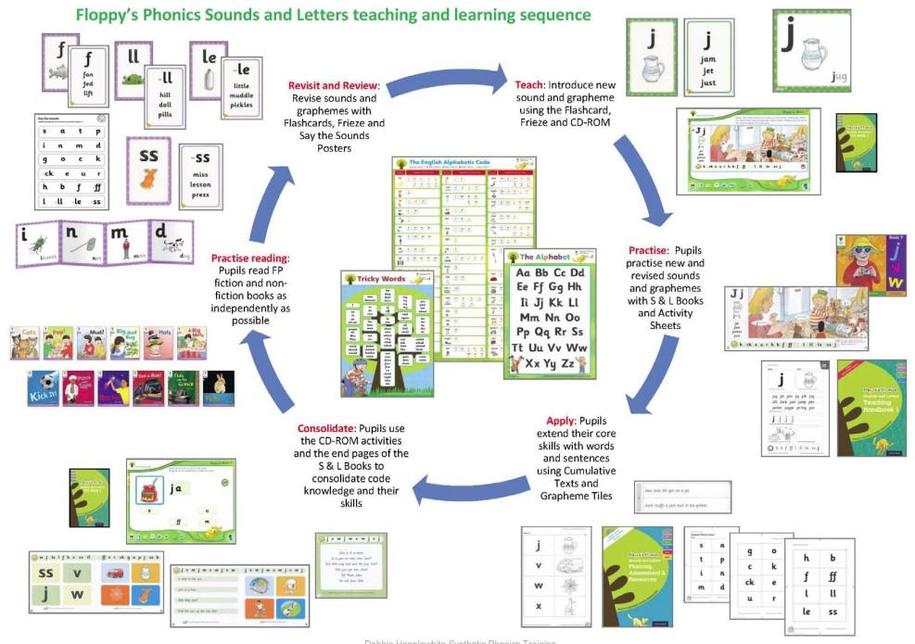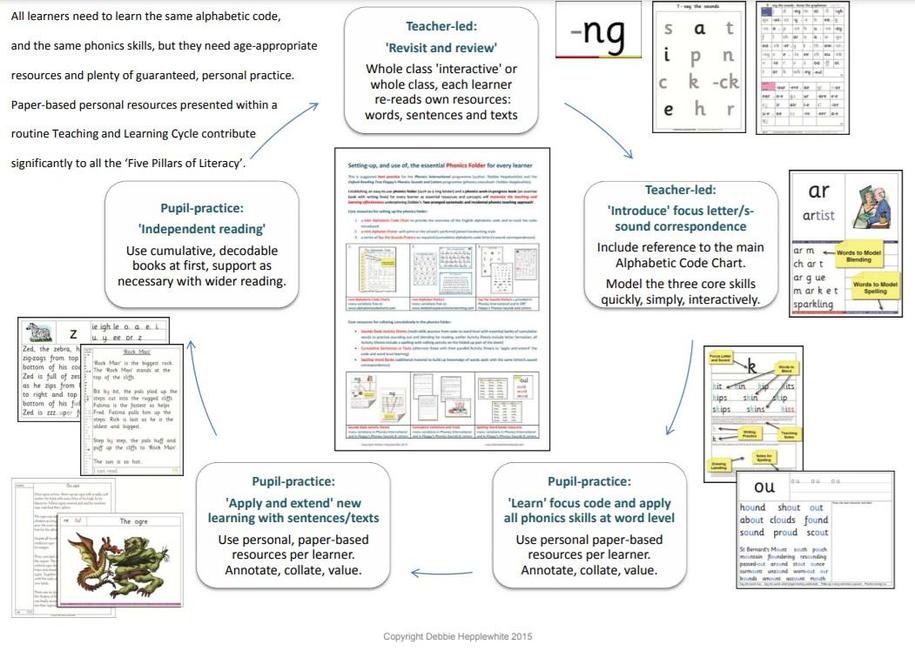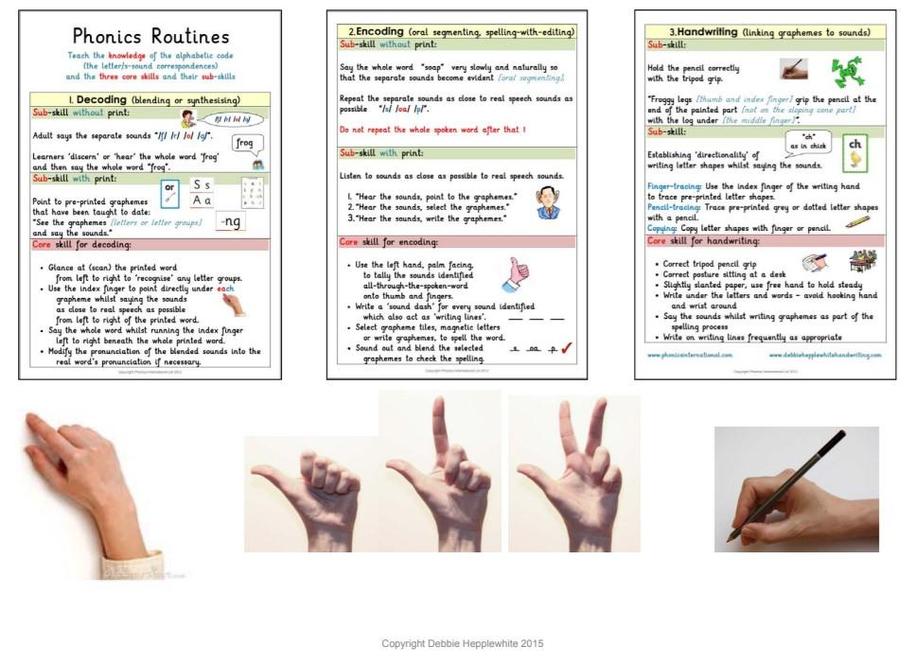Phonics
We use the systematic synthetic phonics (SSP) programme, Floppy’s Phonics to teach the skills of early reading. This extends through Key Stage 2 (7-11 year olds) with the parallel programme, Phonics International.
Information on Floppy’s Phonics can be found at https://floppysphonics.com/
This introduction is taken from the website:
The Floppy’s Phonics programme teaches the letter/s-sound correspondences of the English alphabetic code explicitly and comprehensively for reading, spelling and handwriting:
- Systematic and structured with inbuilt rigorous revision to ensure the success of every child
- Includes the characters of Floppy the dog, Biff, Chip and Kipper and their family and friends, with hundreds of colour pictures to engage children fully for the phonics teaching & learning, vocabulary enrichment and language comprehension
- Rigorous teaching sequence ensuring the phonics teaching & learning is straightforward, effective and allows for differentiation in simple, but effective, ways
- Builds up knowledge of spelling word banks over time where words are spelt with the same letter/s-sound correspondences
- Designed to inform parents/carers routinely and to work in partnership with them wherever possible
- The order of introducing the 44 sounds of the English language matches the order in ‘Letters and Sounds’ (DfES, 2007)
Further information on Phonics International can be found below or by going to https://phonicsinternational.com/about/
This introduction is taken from the website:
“The design of the Phonics International programme takes account of international research on reading instruction and leading-edge practice. The programme is systematic, comprehensive and also innovative – informed by years of teaching and teacher-training experience. The basis of the programme is to teach the letter/s-sound correspondence knowledge (letters, letter groups and sounds) of the English Alphabetic Code and how to put this code knowledge to use applying the three skills of: 1) all-through-the-word ‘sounding out’ and blending for reading (synthesising); 2) segmenting for spelling (splitting up spoken words into their smallest constituent sounds and knowing which letters or letter groups are code for the identified sounds); and, 3) handwriting the letter shapes correctly. The ultimate aims of the programme include learners gaining an enriched vocabulary and developing their comprehension in the process of learning to read, spell and write in the English language. Learners also benefit from building-up specific spelling word banks into their long term memory for writing purposes.”
All classroom-based staff have had training from Debbie Hepplewhite, who devised the programmes.





